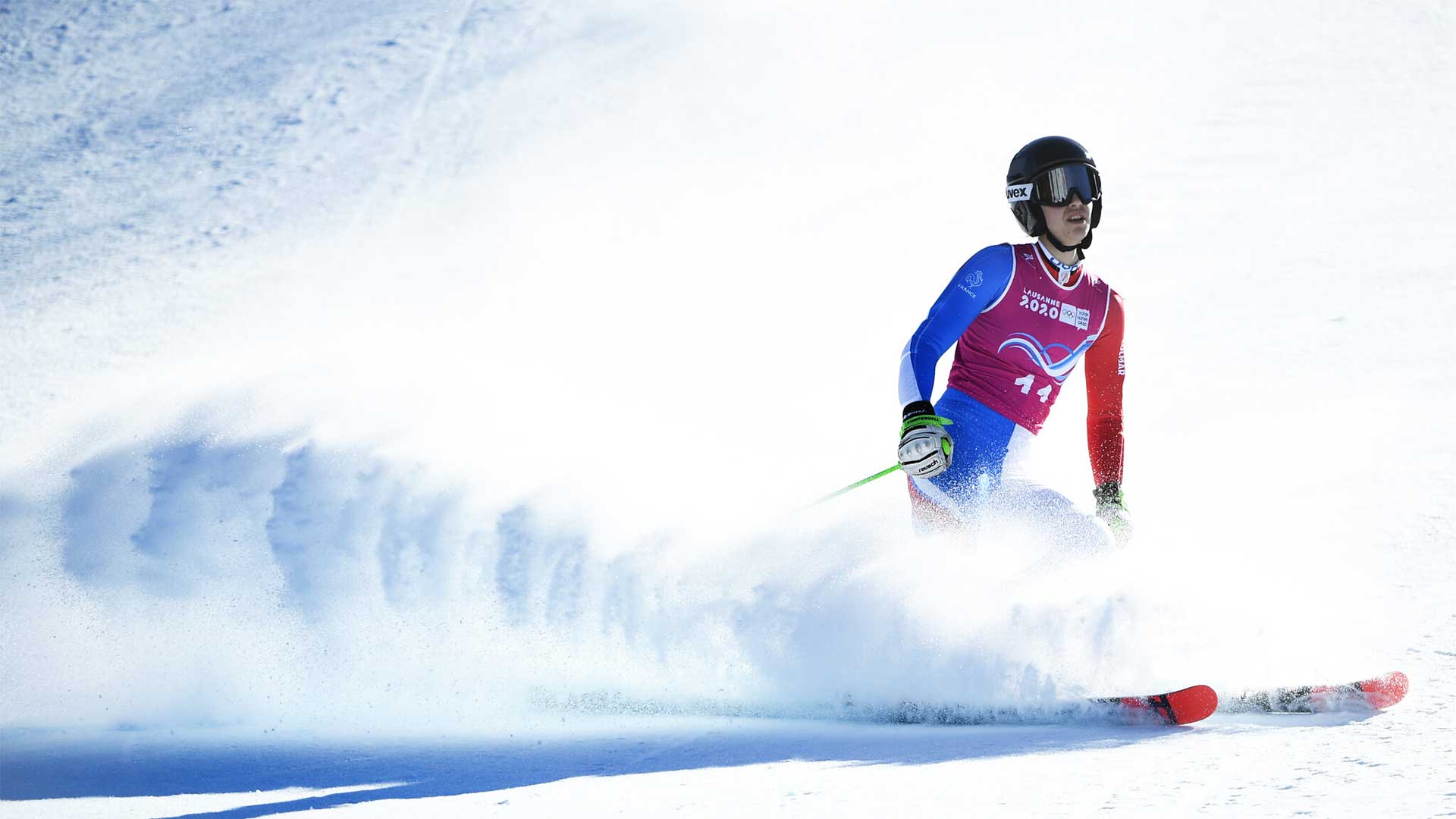Alpine Skiing is perhaps the most recognisable event on the Winter Olympics calendar. First debuting in the Garmisch-Partenkirchen Olympics of 1936, skiers have been hurling themselves down icy black runs – all in the search of an elusive golden medal – for just short of a century.
Although Alpine Skiing wasn’t included in the first Winter Olympics in Chamonix (1924), it has quickly risen to become the most anticipated event of the games; kind of like what the Sprint event is to the summer Olympics, if you like. Bode Miller, Mikaela Shiffrin and Dider Cuche have all risen to fame on the unrelentingly icy courses of the Alpine events.

History Of The Alpine Ski Event
We can trace the roots of skiing all the way back to over 8,000 years ago, where the Sámi people of Scandinavia used skis as a mode of transportation around the cold and inhospitable terrain of northern Scandinavia.
It wasn’t until 1767 before we saw skis used for competition. This competitive spirit came in the form of the Norwegian army turning skiing into a sport by creating courses down short slopes, through forests and flat snowfields. This, however, was something that would more closely resemble modern day cross country skiing.
“More and more downhill ski races began to pop up around the globe”
As ski design progressed in the 1800s, we began to see recreational downhill ski races being organised in the United States and Norway. These early ski races happened in the 1860s. As ski developed – especially with the invention of cambered skis and metal constructions – more and more downhill ski races began to pop up around the globe.
Alpine Skiing has progressed from strength to strength since these fairly modest beginnings. Some major technical improvements have really helped skiers reach breakneck speeds while arcing high g-force turns. Most notable of these was the invention of sidecut to skis, which quickly replaced traditionally straight skis. Sidecut gave carving skis an hourglass shape which, when turned on edge, made for extremely easy turn initiation and strong edgehold.






